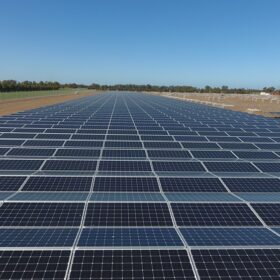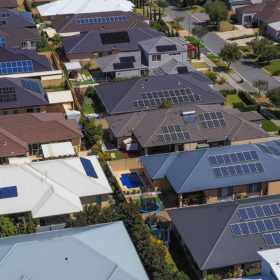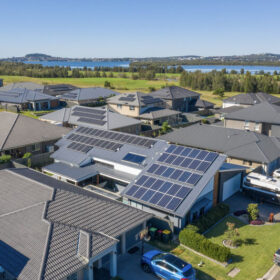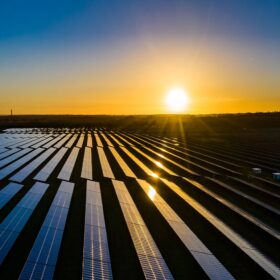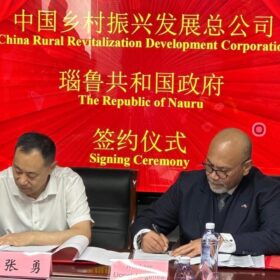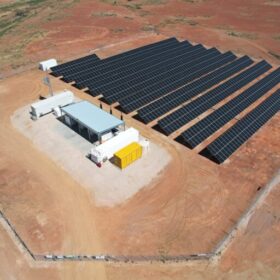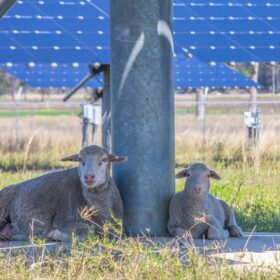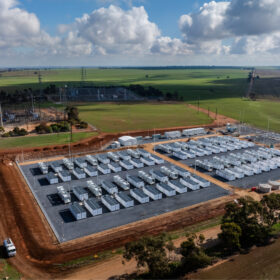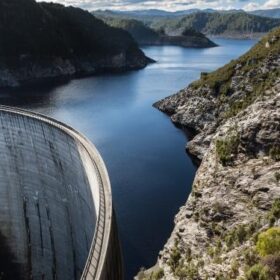ACEnergy signs 3 GWh battery supply deal with CATL
Victorian-headquartered renewable energy developer ACEnergy has tapped China-based battery manufacturer CATL to supply 3 GWh of battery energy storage systems in Australia.
Foresight’s renewables fund secures $700 million to support portfolio growth
The Australian Renewables Income Fund, a renewable energy fund managed by British infrastructure investor Foresight Group, has raised $700 million to refinance existing projects and expand its portfolio.
Lithium ion battery company Energy Renaissance goes into administration
The New South Wales-based lithium ion battery company Energy Renaissance has gone into administration, just months after celebrating a decade in business.
Sydney solar wholesaler and distributor lands $8.5 million windfall
Sydney-headquartered solar wholesaler and distributor OSW has secured $8.5 million in strategic funding from China-headquartered clean energy venture capital firm SparkEdge Capital.
Peer-to-peer energy sharing generates mates rates and grid stability
South Australian and Victorian researchers have found households could sell their surplus solar power to neighbours using peer-to-peer energy sharing, helping stabilise the grid and improve on retail market feed-in tariffs.
Victoria grants 85 MW solar farm and 70 MW BESS fast-track approval
The Victorian government has fast-tracked approval for two renewable energy projects in East Gippsland, which have the potential to host a sheep grazing operation and power 36,000 households.
Clean energy investment boom buoys decade-long grid reliability forecast
The Australian Energy Market Operator’s 2025 electricity statement of opportunities 10-year report finds investments needed to maintain reliability in the national electricity market are well on track.
$1 billion Chinese investment in Nauru includes renewable energy projects
The Pacific Island nation of Nauru has signed a $1 billion investment project proposal with a Chinese revitalisation and development corporation, which includes developing renewable energy and green transport sectors.
Solar and battery-backed microgrids planned for remote communities
The clean energy transition is extending its reach with three communities in the isolated far west of South Australia set to transition away from high-cost diesel generation to solar and battery energy storage-based microgrids.
AMSL Aero lands funding to fuel hydrogen eVTOL plans
A Sydney start-up working to get its liquid hydrogen-powered, long-range plane into commercial operation has landed $3 million in federal government funding to further develop the technology and showcase its full potential in real-world environments.

